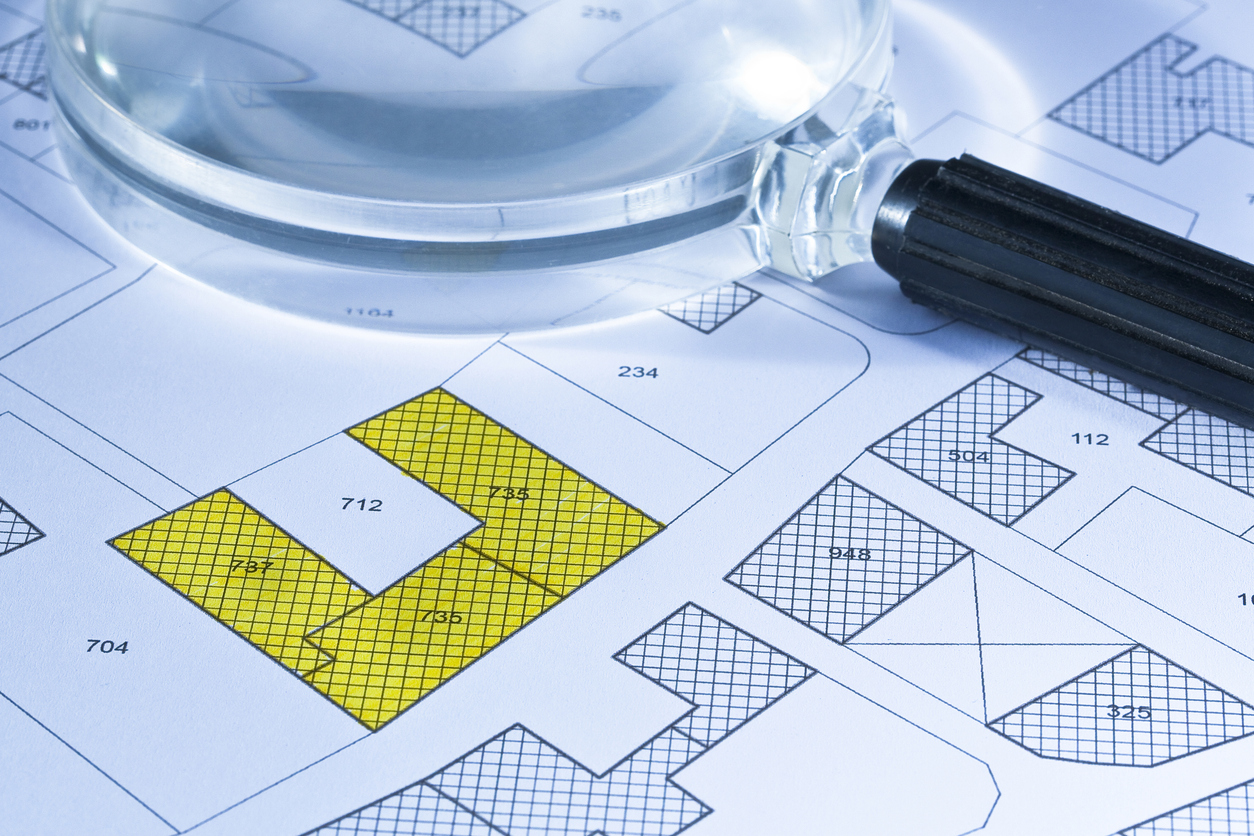Land Development and Subdivision
For many property developers, land development and subdivision go hand-in-hand. Subdivision is the process whereby you divide property or a piece of land into one or more lots. Whether you subdivide an existing property or an undeveloped plot of land, done correctly, you can make a fair profit.
Still, the act of subdivision is different in each state and requires a methodical process. In some states, the process is lengthy, while in others it has been streamlined. The trick is to do your research, conduct a feasibility study, and plan your project carefully when developing land and subdividing.
Why Subdivide?
Most people subdivide land because it is profitable, giving the landowner more flexibility on their investment and maximising their real estate resources. Beyond financial gain derived from registering new lots and properties, subdivision is an excellent way to meet the demands of residents. Growing populations and economies need better access to housing, shops, offices, and more. A well-thought-out subdivision can maximise space and allow more people to live closer to the city or other vital amenities.
How To Subdivide
While each state may require different permissions, paperwork, and processes to subdivide a freehold, some steps are roughly the same throughout Australia.
- Find land or property which is available for purchase and ensure that it meets the correct zoning requirements for higher density occupation.
- Conduct a feasibility study to ensure the project will be profitable and entice investors.
- Sign an offer to purchase subject to the approval of your plans by the council.
- Submit your application and plans to the council or local planning commission.
- Obtain a permit to build.
- Break ground and begin construction.
- Get a licenced surveyor to prepare and review the new survey plan and apply for plan sealing.
- Once you have received a compliance statement, your subdivision is complete, and you can sell or rent the properties.
Different Types of Subdivisions
There are various ways to subdivide property depending on the type of lot or property, how it is constructed, and how the land title or titles are managed.
Strata subdivision – this method divides property with existing structures into common lots and property. Strata is a land title based on the vertical division of land to create separate apartments or villas.
Bare land strata –similar to strata subdivision, this type of subdivision is conducted on raw land rather than an existing property.
Development subdivision – this type of subdivision can occur on land which is bare or has existing structures on it. The land is cleared and subdivided into individually titled lots.
Fee simple subdivision – in this instance, the bare land is subdivided and sold with individual land titles.
Battle-axe – this subdivision is shaped in the form of a battle-axe. The new house is built behind the existing house, with access from the side of the property.
Depending on your state or territory, land development through subdivision can be tricky and time-consuming. But, if you have patience, are familiar with your state’s requirements, and use a powerful property development platform, there is profit to be made. Don’t overlook land development through subdivision; it’s worth it.


